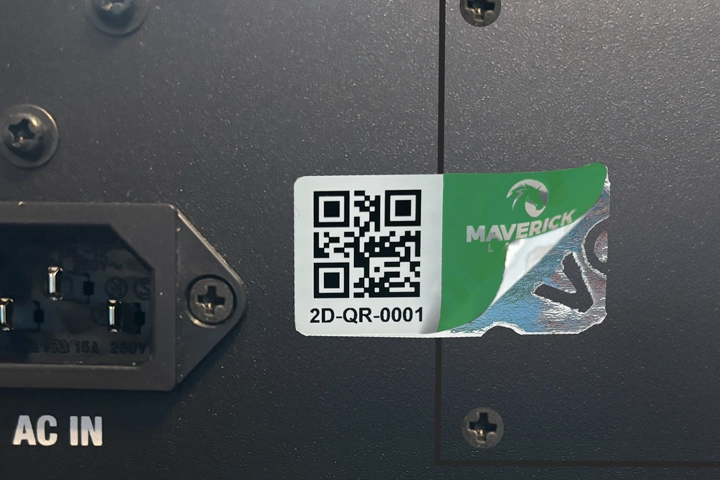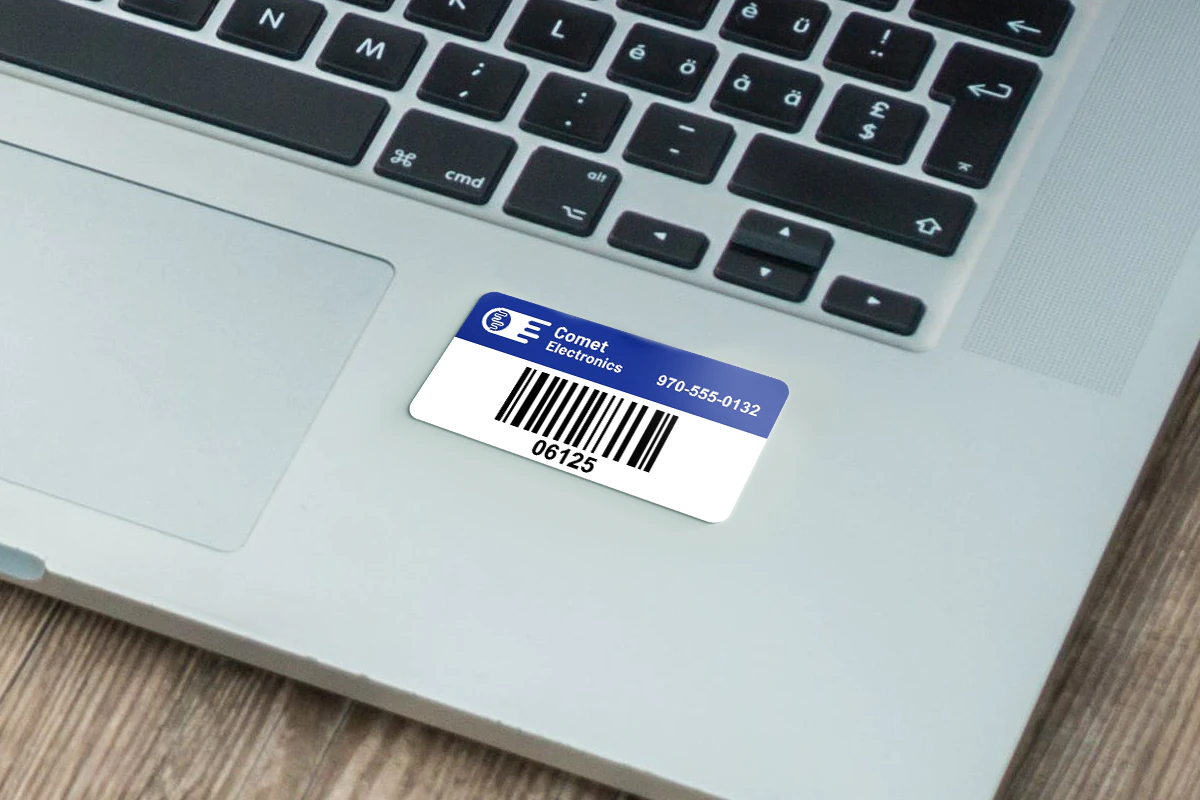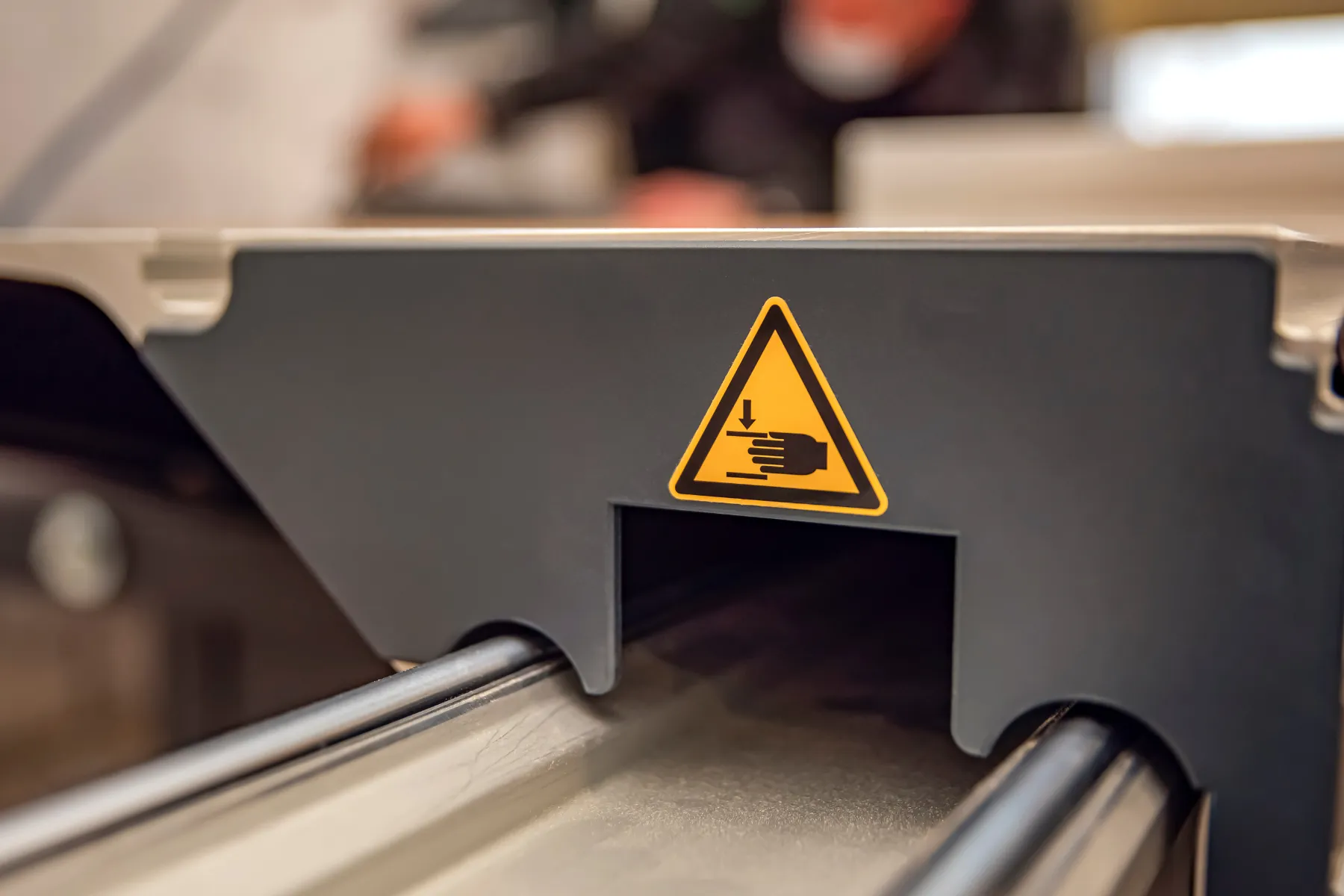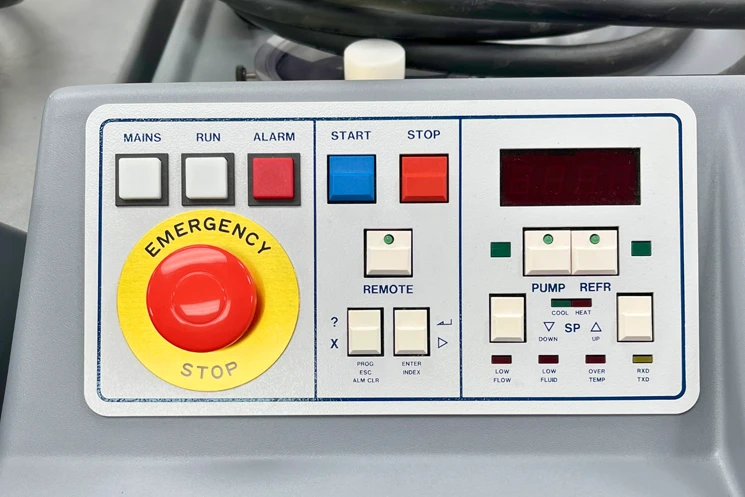Asset tags can sometimes fall off due to a few common factors like weak adhesive, environmental exposure, or application on unclean surfaces. Understanding these issues can help you prevent future problems.
If your asset tag fell off, you’re not alone! Asset tags are essential for keeping physical assets organized and easy to locate. But sometimes, tags come loose, disrupting your asset tracking system.
Fortunately, there are effective ways to reapply these tags and prevent future issues. In this guide, we’ll walk you through best practices for reattaching asset tags, along with tips to make sure they stay put.
We’ll also explain why asset tags are crucial for asset management, from inventory tracking to maintenance schedules.
Why Asset Tags Are Important in Asset Management
Asset tags play a vital role in asset management. They serve as unique identifiers that help businesses manage and track their physical assets, like computers, tools, and equipment.
Each tag usually includes a serial number or barcode to simplify asset identification. Whether it’s a laptop asset tag or a tag on heavy machinery, these labels help track assets in real time.
Key Benefits of Asset Tagging
- Easy identification: Each item has a unique tag for accurate records.
- Real-time tracking: Track assets in real time, knowing exactly where each item is.
- Maintenance and repair: Asset tags help you schedule and track repairs and regular maintenance.
- Theft prevention: Tamper-evident tags discourage unauthorized handling or theft by showing signs if removed.
When a laptop asset tag or any other asset tag falls off, it can disrupt the asset tagging process and lead to inaccurate records, affecting your asset management system.
Why Asset Tags Fall Off and How to Prevent It
Asset tags can fall off for several reasons, including poor application, environmental factors, or handling issues. Here are the most common causes:
- Dirty surfaces: Dust, oil, or moisture on the surface weakens adhesive.
- Weak adhesives: Low-quality adhesives don’t bond well over time.
- Environmental conditions: Heat, humidity, or moisture exposure can affect bond strength.
- Frequent handling: Tags on frequently used items, like laptops, tend to peel faster.
Do’s and Don’ts to Prevent Tags from Falling Off
To keep asset tags securely in place, follow these simple tips:
DO:
✅ Clean the Surface Thoroughly: Before applying any tag, clean the surface with an alcohol wipe to remove dust and oils. This ensures a strong adhesive bond.
✅ Use Strong Adhesives: Choose tags with strong, high-bond adhesives that withstand wear and tear.
✅ Select Durable Tags: For equipment exposed to tough conditions, use durable materials that are water and weather-resistant.
DON’T:
🚫 Apply to Dirty Surfaces: Applying tags to unclean surfaces reduces their effectiveness.
🚫 Use Weak Adhesives: Low-quality adhesives are likely to peel, especially on rough or frequently handled surfaces.
🚫 Handle Equipment Roughly: Mishandling can cause tags to peel, especially on laptops and other portable devices.
Following these tips can help keep your asset labels in place, making the asset tagging system more reliable.
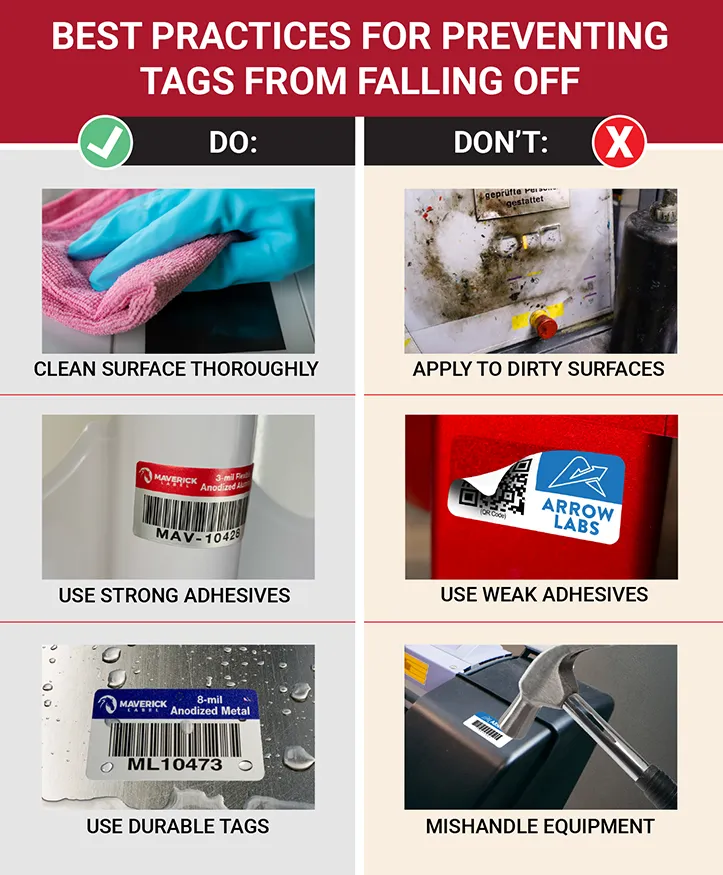
Steps to Reapply an Asset Tag That Fell Off
If your asset tag fell off, here’s how to reattach it effectively:
Step 1: Clean the Surface Properly
Start by thoroughly cleaning the area where the tag will be reapplied. Use an alcohol wipe to clear away any dust, oil, or residue. Allow the surface to dry completely.
Step 2: Choose the Right Adhesive
If the original adhesive isn’t strong enough, consider using a stronger double-sided adhesive tape or an industrial glue compatible with the label material and the surface. This is especially useful for frequently handled items, like a laptop asset tag.
Step 3: Press Firmly
After placing the tag in the desired position, press it down firmly for about 10-15 seconds. This helps activate the adhesive. Avoid touching the adhesive side with your fingers, as skin oils can weaken the bond.
Step 4: Allow Time for Bonding
Let the tag sit undisturbed for a few hours so the adhesive can fully bond with the surface. This reduces the chance of it peeling off again.
Choosing the Right Type of Asset Tag for Long-Term Durability
Selecting the appropriate asset tag for each environment is essential to ensure lasting effectiveness. Here are some popular options:
➡️ Tamper-Evident Tags: These are best for items needing high security, as they show clear evidence of tampering, which deters unauthorized handling.
➡️ Weather-Resistant Tags: Designed for outdoor or humid environments, these durable tags withstand tough conditions.
➡️ RFID Tags: Ideal for large inventories or facilities, these tags allow real-time asset tracking without the need for direct scanning, making tracking quick and efficient.
➡️ Barcode Labels: An affordable and commonly used option, each label carries a unique serial number for quick identification and scanning.
Using tags tailored to specific needs and environments helps maintain a reliable asset management system, from inventory tracking to security.
Tips for Keeping Asset Tags Secure Over Time
To ensure asset tags stay in place over time, here are some additional tips:
➡️ Opt for Custom Tags: Custom asset tags can be tailored to meet specific environmental or usage needs, providing stronger bonds and durability.
➡️ Handle with Care: Avoid rough handling, especially for devices with frequently used tags like laptop asset tags.
➡️ Conduct Routine Inspections: Regularly check asset tags as part of your maintenance routine. Early detection of peeling tags can help prevent issues in your asset tagging process.
These steps can help maintain the integrity of your asset tracking system.
Why Use an Asset Tagging System?
A well-organized asset tagging system offers several benefits for managing physical assets:
➡️ Efficient Asset Tracking: Quickly locate and track assets in real-time.
➡️ Enhanced Maintenance Scheduling: With clear asset labels, it’s easy to keep up with maintenance and repairs.
➡️ Reduced Theft Risk: Tamper-evident tags act as a deterrent against theft.
➡️ Streamlined Audits and Compliance: Easily verify assets during audits or compliance checks.
With an effective tagging system, your asset management becomes easier, more accurate, and less time-consuming.

Common Problems with Asset Tags and Solutions
Sometimes, even well-applied tags can experience issues. Here are some common problems and how to fix them:
1. Adhesive Failure
If the adhesive fails, it might be due to an improperly prepared surface or environmental factors. Reapply the tag using a stronger adhesive or choose a custom asset tag designed for challenging environments.
2. Edge Lift
Edge lift occurs when the edges of a tag start peeling away. This can be caused by moisture or rough handling. Use high-bond adhesives and press down on the edges during application to prevent this.
3. Wear and Tear on Frequently Handled Assets
For items like laptops, where laptop asset tags experience frequent handling, choose durable, high-quality options. Tamper-evident or RFID tags work well for these assets, as they’re designed to withstand regular contact.
Asset Tag Fell Off FAQs
What’s the best tag for high-security assets?
For high-security assets, tamper-evident tags are ideal. They leave visible evidence if tampered with, helping to prevent unauthorized access.
How can I prevent tags from falling off?
Choose high-quality tags, clean surfaces before application, and apply firm pressure when attaching. Custom asset tags may be necessary for specific environments.
Can asset tags help with maintenance tracking?
Yes, with each tag acting as a unique identifier, asset tags simplify scheduling and tracking of maintenance and repair, ensuring assets remain in good condition.
Final Thoughts
An asset tag fell off? No problem! By following these steps, you can reapply tags securely and prevent future issues. Investing in high-quality asset labels and following correct application techniques keeps your asset tracking reliable.
If you’re looking to upgrade your asset tagging with durable tags that won’t fall off, consider options like like RFID tags and custom asset tags tailored to your needs. A strong tagging process ensures a more organized, efficient, and secure asset management system.
